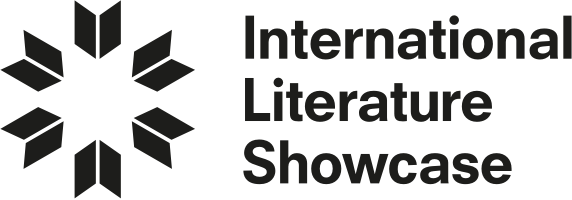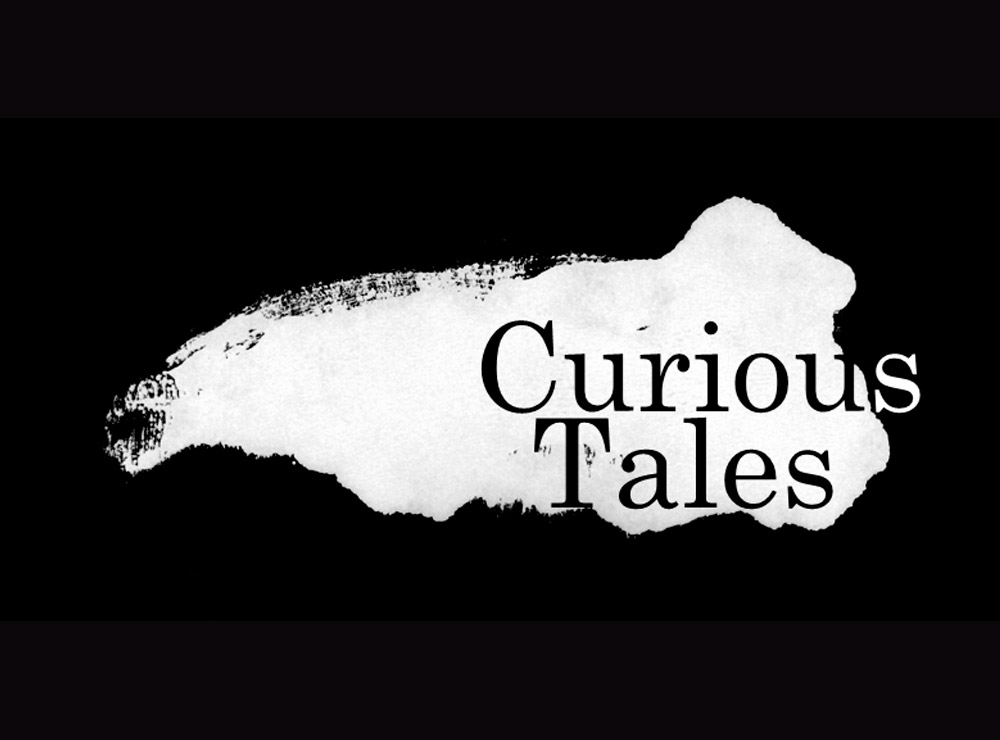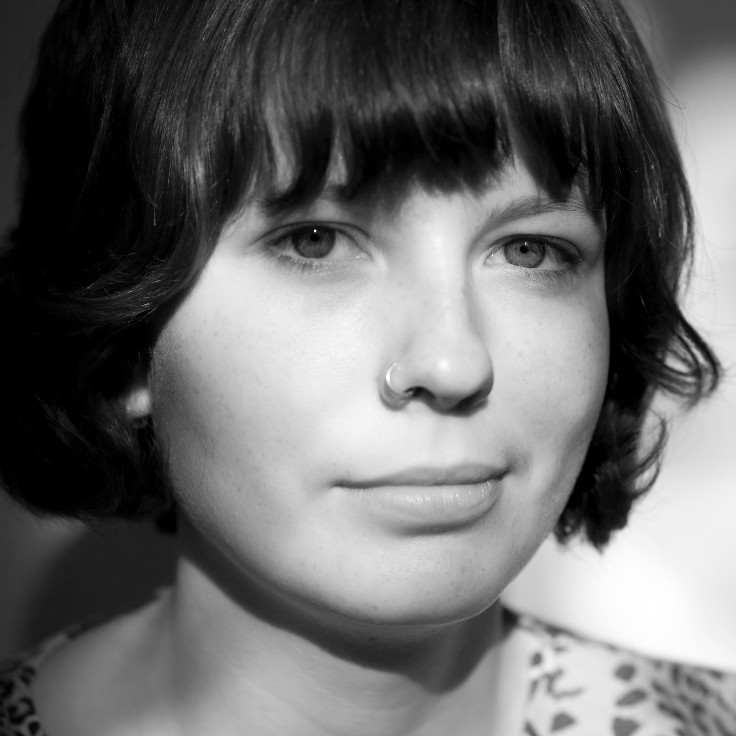Since the literary festival circuit and social media have put paid to writerly solitude, us novelists aren’t allowed to seal ourselves up in our garrets like battery hens anymore. Despite that, I’ve always conceptualised the act of creation as one that happens in private. An attraction to that privacy – tapping away on the laptop at night – as well as a curiosity about reading, a kind of telepathic intimacy achieved without contact, is part of what drew me to writing in the first place and kept me there through the long slow slog of creating a novel.
Despite that, I’ve worked collaboratively before – both with the Curious Tales collective I helped set up in 2013 to, Station Stories for the MLF, to the Manchester Letters project, a dialogue across countries, culture and language between myself and Turkish novelist Nermin Yildirim. These projects all involved dialogue, co-operation and compromise, but I thought of them as separate and complementary to my main practice as a novelist. It was only this year that my perspective on creative collaboration has really shifted as a result of my participation in two quite different projects.
'The word ‘response’ is a fabulously and terrifyingly open one.'
The first was a commission to develop a new short story for the Tall Tales touring exhibition. My job was to ‘respond’ to the work of the Manchester artist Alison Erika Forde, who would be displaying several pieces during the tour. I had a word limit and the request that the story be suitable for performance – I’d share it myself at the exhibition opening at the Glasgow Women’s Library – but otherwise I was given a free hand. The word ‘response’ is a fabulously and terrifyingly open one; I love it when a commissioner trusts a writer to do her job. Perhaps it feeds into that sense of aloneness and privacy I have valued so much as a novelist, but it’s also hard to fool yourself into a sense of writerly isolation when part of the work is a dialogue-in-writing with a real live artist.
I knew very quickly I didn’t want to explain or even advertise Alison’s art in any way. First of all, it didn’t need it: if she’d wanted to write a short story, she would have done. Secondly, it was no business of mine to get between the viewer and the artwork. Her images didn’t need ‘translating’ or stringing together into a convenient narrative and to work in that way would be to diminish them. That word ‘response’ became key – Alison’s work existed first and had been reaching its viewers just fine without me. My job was to respond – to demonstrate what her artwork had made happen to me by writing a piece of fiction called up by it.
What resulted was a short fiction – written very much for performance – that riffed on the relationship between blocked creator and unhelpful muse and confronted the audience with the ideas Alison’s work had provoked in me about why people make things. The yearning for an object, an artefact – that a writer in the digital age feels when presented by the one of a kind objects created by Alison seeped into the story and would, I hoped, express my own curiosity about the different ways visual artists and writers do ‘story’ and nudge the audience towards Alison’s work for the answers. And now? Now I’m a novelist interested in making (as well as writing) a book, in handwriting an essay to give to a reader, in seeking out more opportunities for made objects to call a story out of me – an extension of the way I’ve worked with landscape in the past, perhaps?
'[We] decided to take ‘collaboration’ itself as a theme as well as process.'
While I was working on the Tall Tales commission, I was also co-writing a longer fiction project with the writer and reviewer Richard Hirst. Richard and I have been friends for nearly twenty years and we’ve written together before. We set up Curious Tales together and contributed to the three anthologies the collective published. In 2014, we wrote an experimental interactive novel in the shape of Preston bus station. This means we’ve had all our arguments already, we share a sense of humour and a history and we can give each other the hardest of feedback. The Night Visitors, the product of our collaboration, is a horror novella that will be published by Dead Ink books next year.
The novella is told in an exchange of emails between two distant relatives – both of which have ambitions to write a book. Early on, we each picked a character and wrote her emails, responding to each other more or less in real time, (sometimes we called this ‘method writing’) while conducting a separate email correspondence with each other out-of-character during which we reflected on plot, shared research and wondered together where the story was going to go next. Richard and I decided to take ‘collaboration’ itself as a theme as well as process – in a world of creative collectives and co-operatives the darker aspects of collaboration as a concept – folie à deux, ‘collaborating with the enemy’, egging somebody else on – are often lost and these aspects are the ones we wanted to explore.
The process of writing The Night Visitors was so different to the way I usually write novels and different to the way we’d written when we worked on Bus Station: Unbound – where we both wrote our own sections and collaged them together using Inkle’s interactive fiction building software. In spite of those differences, it went fairly smoothly. I wanted to start with a plan and insisted we set up a Dropbox with various synopses and spread sheets that would equip me with enough confidence to start. These swiftly fell away as Richard, very sensibly, ignored them. At some point each week I emailed Richard in a blind panic and to say, ‘we have to pick up the pace – we’re going to miss our deadline,’ and at another point, Richard would point out some massive plot hole or utterly illogical piece of character action that I’d been skirting around, promising myself I’d fix later.
When you write together, it gets very obvious which are the bits of the project you’re less sure of – that have been under researched or under imagined. These are the bits you leave to your writing partner to get on with. The concept of respect for each other’s work or individual vision goes out of the window pretty quickly too: we started by leaving little notes for each other in the margins, tentatively suggesting changes, rephrases, pointing out awkwardness or repetitions. We stuck, more or less, to our own characters, trying to write the emails in sequence – to respond to each other in real time. Once the editing started we moved away from that and began deleting pages and rewriting whole paragraphs with impunity, inhabiting the distinctive voice of either character with ease and a sense of possession – they weren’t Richard’s pages and my pages, they became our pages. It is bracingly good for the ego.
'True collaboration, I learned, uses the same skills as writing itself.'
I think our long friendship and our experience of writing side by side, if not exactly together, prepared us for the different rhythms and methods we brought to the table during work on The Night Visitors. It certainly isn’t easy for a writer who is used to pleasing herself and not having to explain or justify a creative decision until the work is being edited, to open up and learn to articulate the tentative mess of creative process to somebody else. What helped was the trust we’ve developed as friends, the humour we share and the fact we can negotiate everything, out in the open, without letting secret resentments and anxieties silently fester. When Richard thinks I’m being stupid and unreasonable, I know about it. And vice versa.
True collaboration, I learned, uses the same skills as writing itself – the rhino-like hide combined with the peeled-raw sensitivity that a writing practice requires – only there’s no laptop screen to hide behind. Everything else that collaboration between creative people brings up – the competitiveness, the power games, the clash of egos that manifests itself in arguments over fonts and block paragraphing, the anxieties around status, the sudden silences, the plot sabotage and the technological nightmares – we embraced with a sense of humour and wrote into the book itself.
I’m not positioning myself as an expert on collaborative creative practise: I’m a curious beginner. I’ll probably always be a writer who prefers to be alone, tapping away on her laptop in the small hours. But responding to the work of a visual artist has encouraged me to reflect on the similarities and differences between different kinds of creative practise, on the reasons why we do what we do, and what it is we do when we’re doing it together. All writing is a response to something, and working with Alison gave me the chance to think about that deeply. It also got me wondering about objects, and realising that however attracted I was to digital forms of writing and sharing, I wanted to give my reader something with my handwriting and thumbprints on it. Similarly, working on The Night Visitors with a writing partner has forced me, in the same way as teaching does, to articulate what feels buried and instinctive, to realise process can calcify into a habit rather than being a living, creative choice, and to allow creative difficulty – the interesting mess that working with other people makes – leak its way into the work itself. I’m working on a collection of essays these days: ones that articulate my own memories and experiences, as well as responding to the art and writing of other creative people. I imagine folding them into origami shapes and presenting them to readers in little gift boxes. I’ve never written essays before and I have no idea what I am doing: it is brilliant.
Jenn Ashworth
Northern, working class writer curious about domestic, strange happenings in uncanny landscapes
SEE PROFILE






